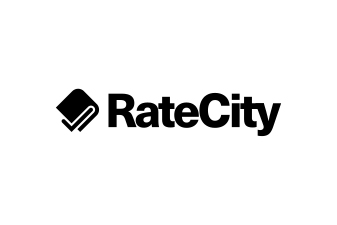An interest rate swap is a derivative financial instrument and consists of one institution ‘swapping’ their wholesale variable rate to pay a fixed rate repayment with another institution.
Banks use interest rate swaps to ‘hedge’ or even-out their risk and minimise their exposure to one interest rate type.
Banks often base fixed home loan rates off swap rates, and there’s a cost in doing these swaps.
The cost is often calculated as a ‘spread’ – one way of calculating it is on the difference between the fixed interest rate and the Australian Commonwealth Government bond yield.
This is called a swap-to-bond spread.
Now that the Reserve Bank has pulled out of buying government bonds, the markets have gone a bit whacky.
A sharp increase in swap rates is likely why there has been a sudden jump in lenders increasing fixed home loan rates.
Full Article: Savings.com.au

